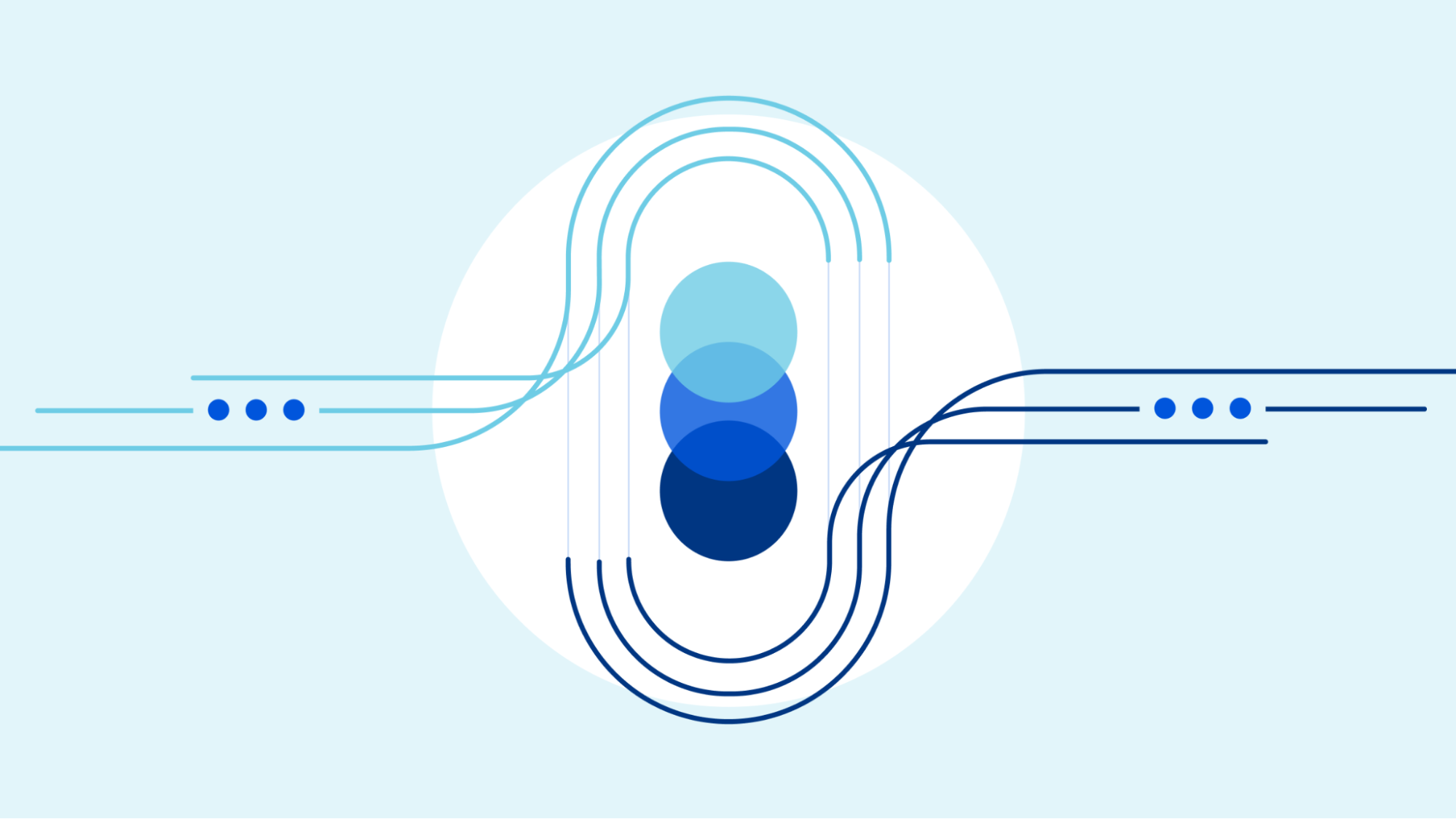Data Plane Quirks in Virtual Network Devices
Have you noticed an interesting twist in the ICMP Redirects saga: operating systems of some network devices might install redirect entries and use them for control plane traffic – an interesting implementation side effect of the architecture of most modern network devices.
A large majority of network devices run on some variant of Linux or *BSD operating system, the only true exception being ancient operating systems like Cisco IOS1. The network daemons populate various routing protocol tables and compute the best routes that somehow get merged into a single routing table that might still be just a data structure in some user-mode process.

